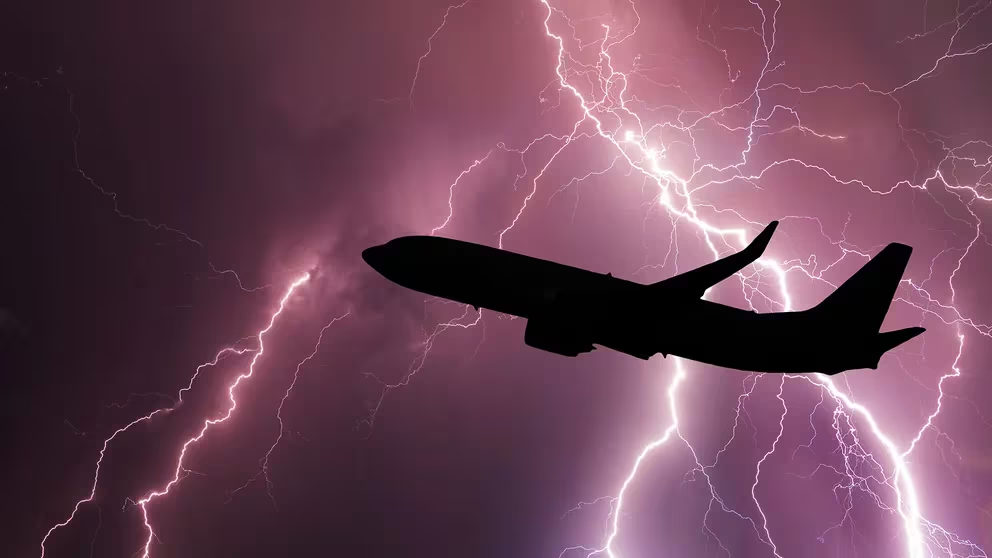A road trip in Canada is a dream trip to do at least once in your life. With its immense expanses and grandiose landscapes, it is a country that lends itself particularly well to this mode of discovery. I had the opportunity to do a week-long road trip in the Rocky Mountains through the many lakes and glaciers of Alberta and it is a great memory…
The route: with my best friend Emily we started our road trip in Jasper, where we arrived by train from Vancouver. With a rental car, we criss-crossed Jasper National Park and Banff National Park. We did most of the trip by taking Highway 93, also known as the “Icefield Parkway”, one of the most beautiful scenic roads in the world. We then returned to Jasper to take the train back to Winnipeg. If you want to take a trip of the same kind, you can look at the offers for a driving tour in Western Canada . The ideal formula is to rent a car with hotel reservations in advance, because everything is quickly full during the summer.
Jasper

Lac Beauvert, which takes its name from the green color of its water
Jasper is a town without much interest in itself, but it is a good starting point (or stage) for a road trip through the Rockies. There are many hotels, restaurants and all the tourist services one may need. Jasper National Park, a UNESCO World Heritage Site, is Canada’s largest national park. There are more than 1,200 km of hiking trails. In the vicinity of Jasper, there are pretty lakes to discover such as Anette, Edith or Beauvert lakes, one of my favorites for its almost translucent green water…
malign lake

Maligne Lake is certainly the most beautiful lake in Jasper National Park. With a length of 22km, there are several hiking trails to either go around or discover the surroundings. Nearby, you can also go see the Maligne canyon, with a beautiful waterfall between the rocks.
The Athabasca Glacier

Located a hundred kilometers south of Jasper, the Athabasca Glacier is a must in the Rockies. It is part of the enormous Columbia Icefield, which can be seen all along the Icefields Parkway. Rather than making a simple photo stop, I recommend for this glacier to take the time to make an excursion to walk on it. From the car park you can’t see much, and the only way to really discover a glacier is with a guide and with crampons, for obvious safety reasons. With Emily, we took a three hour ice trekking tour. Unfortunately, we had very bad weather, with a lot of wind and freezing rain, all at an altitude of 2,000m… Nevertheless, it remains a unique experience that I recommend.
Peyto Lake

With Peyto Lake, we are no longer in Jasper National Park, but in Banff National Park. Also listed as a UNESCO heritage site, it is a little smaller than Jasper, but it is the most visited national park in Canada. Peyto Lake is instantly recognizable for its unique shape and milky blue color. It is directly fed by the melting waters of the Peyto glacier which can be seen at the end. It is one of the flagship stages of the Promenade des Glaciers.
Lake Louise

Lake Louise is the real postcard of the Rocky Mountains, a vast expanse of turquoise water with the snow-capped peaks in the background. Clearly, it is one of the most beautiful lakes, but also one of the most touristic. There are many people on the hiking trail that goes around the lake and it is sometimes difficult to quietly enjoy this natural gem. Just in front of the lake is one of the most prestigious hotels in the region: the Fairmont Château Lake Louise. There are also other hotels near Lake Louise, it’s a good place to stop over between Jasper and Banff.
Moraine Lake

Moraine Lake is one of my favorite lakes in the Rockies. More difficult to access, it is less frequented than Lake Louise and therefore much wilder. Its turquoise color is due to the presence in the water of mineral particles produced by glacial erosion. At an altitude of around 1,800m, it is a small lake, but superbly surrounded by ten majestic peaks known as “the valley of the ten peaks”.
Lake Minnewanka

At 28km long, Lake Minnewanka is the largest lake in Banff National Park. Very well laid out, it can also be discovered aboard a one-hour boat trip.
Banff, museums and hot springs

The Fairmont Hotel in Banff
There are a lot of things to do in Banff and it is a city that deserves to make a real stopover. First of all, two interesting museums: the Whyte Museum of the Canadian Rockies, which allows you to learn more about the history of the Rockies, and the Banff Park Museum, which offers an impressive collection of stuffed animals, ideal for familiarize yourself with the different kinds of bears, caribou or other rodents that can be seen in the Rockies. Luck or not, we didn’t see any bears during our road trip, but on the other hand, we saw several times caribou or other deer, and plenty of gophers, small rodents that are not very shy.

View from Sulfur Mountain as the Banff gondola arrives
In Banff you can gain height easily with the gondola, the cable car that allows you to climb to the top of Sulfur Mountain, which culminates at 2,256m. The view on arrival is absolutely spectacular, on the other hand, it is true that it is a bit expensive (about 60 Canadian dollars)… The more athletic can climb the 6km climb on foot (700m drop), but will perhaps be a little disappointed to find themselves at the top with the crowd who have taken the cable car and have therefore clearly less deserved the beauty of the view…
To recover from the effort (or not…), you can take advantage of the hot springs of Banff. Very rich in minerals, you can swim outside with a superb view of the Rockies, all in water between 37 and 40°C. Ideal after a day of hiking!
Some practical advice for this road trip
- Identify well in advance where the service stations are located and anticipate to refuel. We nearly ran out of gas right in the middle of the Rockies. The cars there are automatic and they consume more fuel.
- Do not forget to take into account in the budget the entrance fees to the parks (approximately 10 dollars per day and per person, free for 17 years and under).
- To lighten the budget, it is better to focus on the many hikes to do: it’s free! All activities such as cable car rides, boat tours or canoe rentals are quite expensive.
- The best season for such a trip is July-August, or at the limit June-September. The tourist season is quite short, so it is better to book in advance.



































